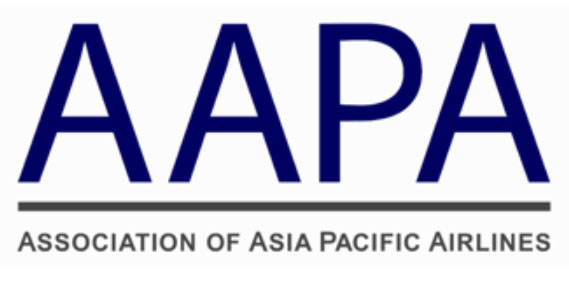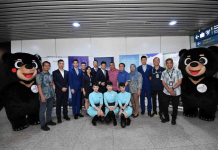KUALA LUMPUR, 30 April 2025: International passenger markets are growing in line with long-term historical trends according to preliminary March 2025 traffic figures released Tuesday by the Association of Asia Pacific Airlines (AAPA).
Asia Pacific carriers carried 31 million international passengers, representing a 6.9% year-on-year increase compared to the same month last year. Demand, as measured in revenue passenger kilometres (RPK), rose by 9%, while available seat capacity grew by 11% year-on-year. This resulted in a 1.4 percentage point decline in the international passenger load factor, which averaged 80.8%.

Meanwhile, international air cargo demand, measured in freight tonne kilometres (FTK), registered a 5.7% year-on-year increase in March, supported by forward shipment demand ahead of potential tariff imposition. Offered freight capacity expanded by 4.7%, leading to a marginal 0.5 percentage point rise in the average international freight load factor to 64% for the month.
Commenting on the results, AAPA Director General Subhas Menon said: “Asia Pacific airlines carried 95.6 million international passengers in the first quarter of 2025, a 13% year-on-year increase that marked a strong start to the year, following the solid 29% growth in 2024. This came from international route expansion, liberalised visa regimes, and resilient economic activity across the region.”
“On the cargo front, demand rose by 5% year-on-year in the first quarter, extending the solid 15% annual growth achieved in 2024. Anticipation of US tariff announcements prompted front-loading of air shipments on selected routes, while robust e-commerce activity continued to support overall demand.”
Looking ahead, Menon noted: “The sweeping US tariff announcements have resulted in volatile activity across the world’s stock markets, casting uncertainty over the outlook for Asia’s export-oriented economies, many of which serve as major manufacturing hubs. This could weigh on consumer and business sentiment, potentially softening passenger and cargo demand in the coming months.”
”Additionally, operational challenges resulting from persistent supply chain issues, including aircraft delivery delays, constrain capacity expansion. As a result, airlines face elevated operating costs, including high maintenance, leasing and personnel expenses. In response, Asia Pacific carriers remain focused on driving cost efficiencies while expanding their networks and pursuing customer service innovation.”






